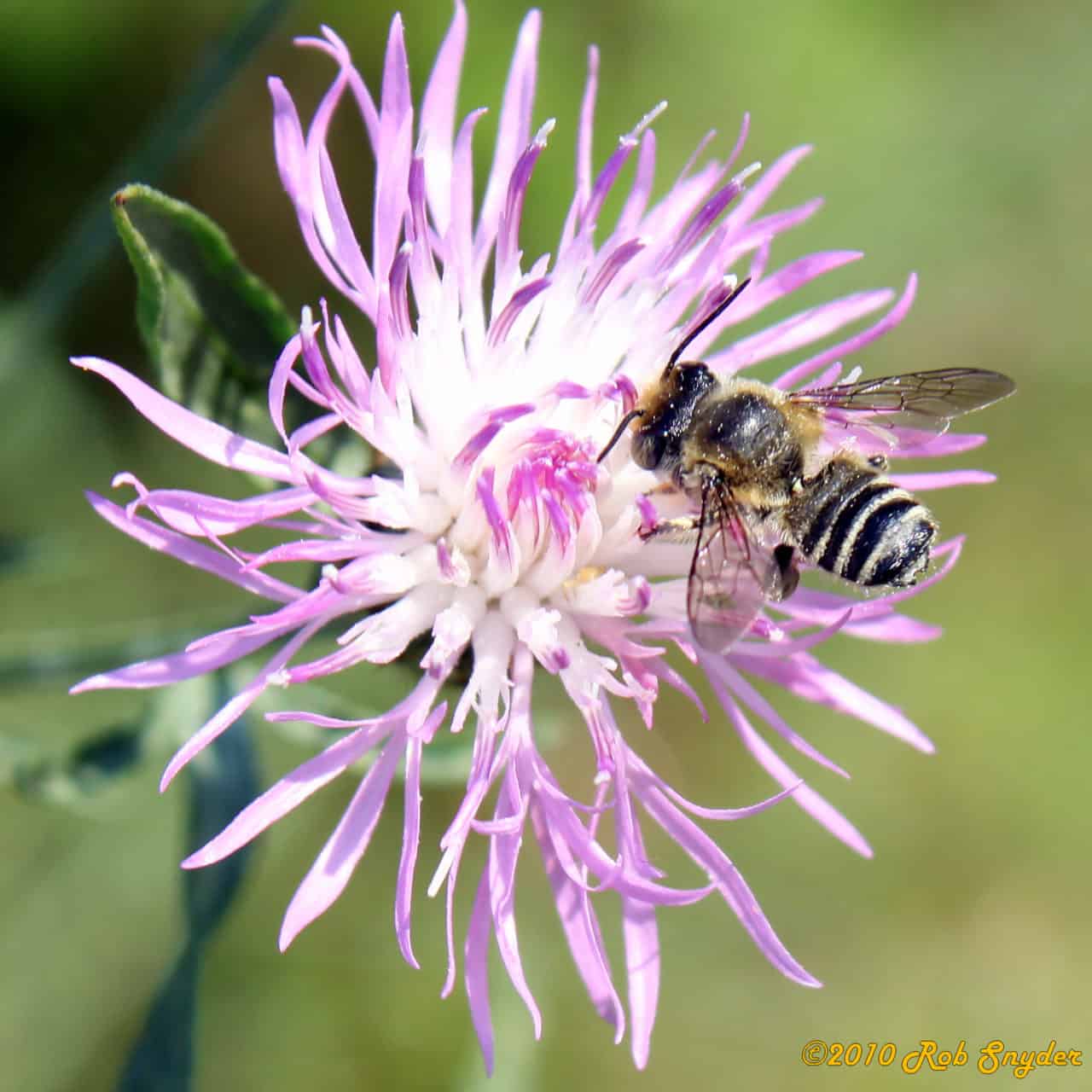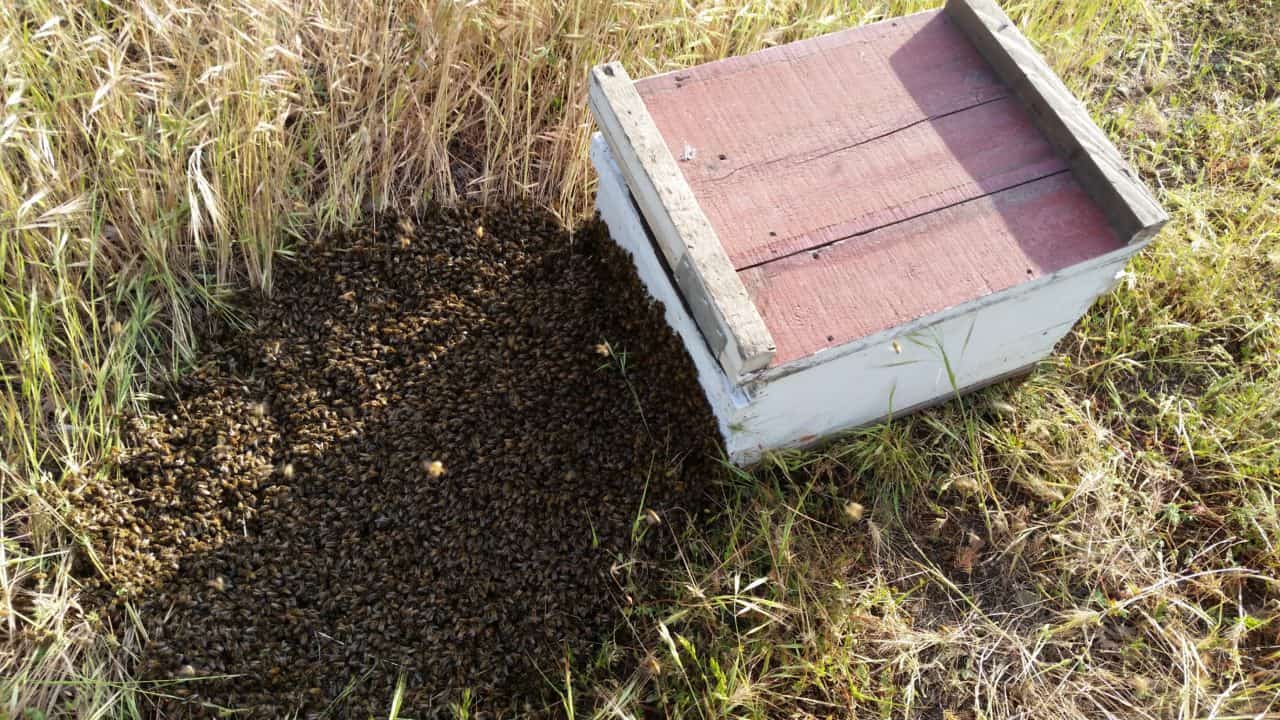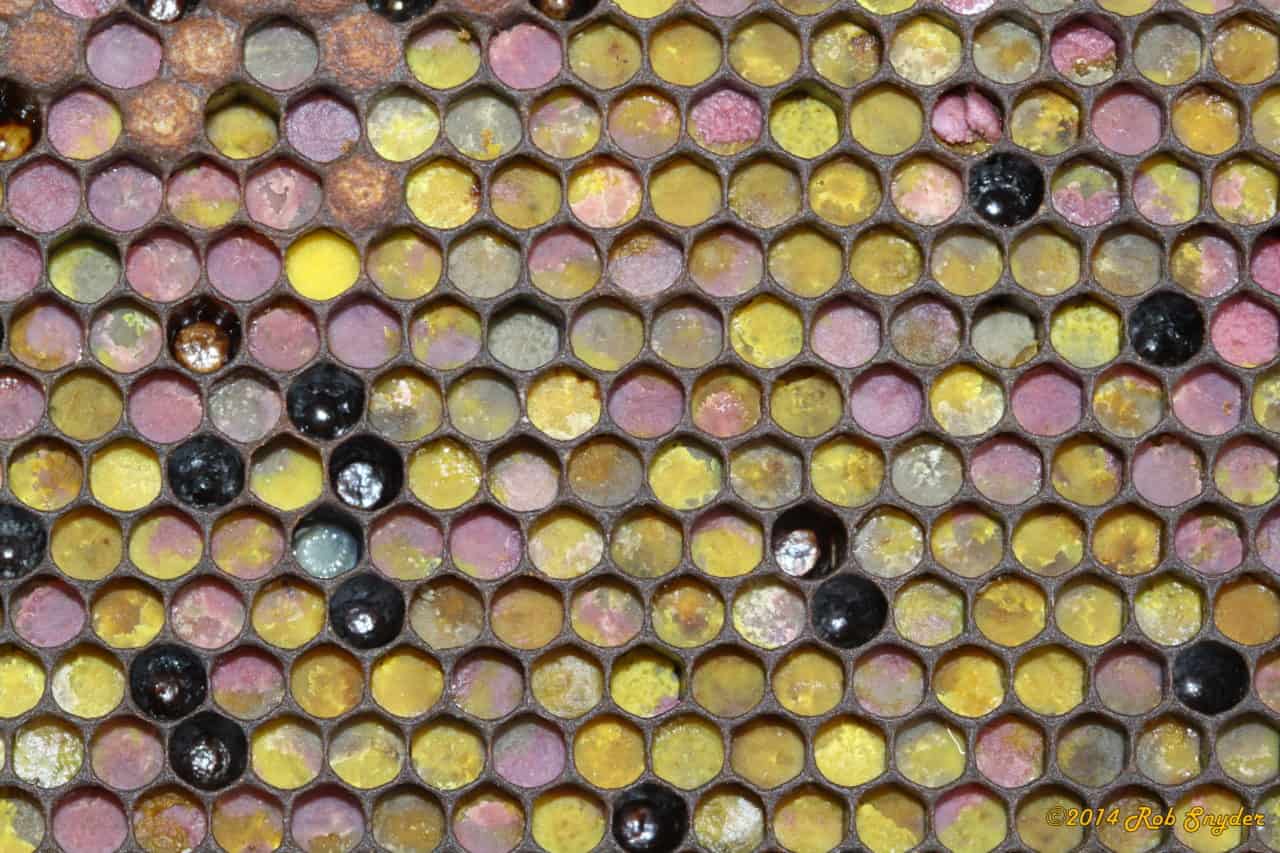Real Time Disease Load Monitoring Pollen Diversity
It’s the end of another honey bee season – and as the little gals are hunkering down, bracing for the cold winds of winter, our lab technicians are getting to work compiling data and publishing reports. Also coming with the end of the season is the close of our second official year of a project […]


